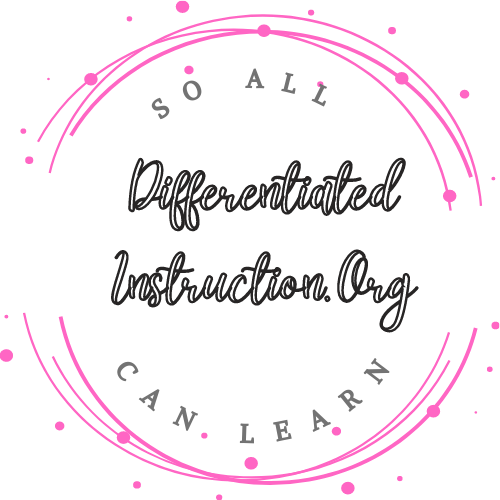“Teaching is where the magic happens.”
Some years ago I got involved in teaching, dragged through the back door – the home schooling door. It all started when my daughter began kindergarten knowing all her sounds and letter names, and they told her, “Reading? Nothing doing, we’re only doing 19 letters of the alphabet this year anyway.” She flipped her lid, and so did I. I knew school was imperfect, but this was the first time I’d seen a school refuse to teach a kid to read.

Later, in the midst of our home school odyssey, my son was diagnosed with dyslexia and when he was in fourth grade. I had to do a highly developed reading intervention on him because, in home school there is no special services team. I learned a lot about reading and phonics, and, miraculously, he learned to read. When you see a kid ten years old who can’t decode words turn into someone who can handle grade level books, you become a believer. And I became a believer in intervention and phonics that year.
When the time came that I had to teach for money, I was living in Texas and that is where I did my (alternative) certification. Fort Worth ISD was a typical big city district, and it wasn’t an easy place to come of age as a teacher. I had a class that was … extremely challenging. Paper, pencils, and crayons littered the floor. It was impossible to keep the desks in their rows. The office refused to answer when I called them. I remember the principal looked in one day and said “Well, Mrs. Cassella, you’ve got yourself a group!” I couldn’t really control my class but somehow (perhaps because of the dyslexia intervention training) my students were learning even so.
Had I been evaluated on my classroom management skills alone, I might have lost my job, but the students’ learning saved me.
And I’ve been working on and believing in that one focus – student learning – ever since.
From the very beginning I saw that some students’ schemas fit the curriculum design, and some didn’t. From the very beginning I could see how much students wanted to learn, to be successful, to be included in their classroom community. As I began to see this I slowly turned from a ‘recovering housewife,’ who’d had to get a job, into a professional school teacher. I saw the reality: the great drama of human life is writ large in every classroom, and as our superintendent said to us again and again “the magic is in the classroom.”
It wasn’t very long before I took on the attitude that the schoolteacher was (potentially) a great liberator of children, and ultimately of adults. Teaching them the skills they needed, while teaching them to master themselves and be free, meant that a teacher had a really worthwhile role.
I moved to Houston ISD. There I continued honing my focus on designing lessons that produced learning at multiple levels. To begin with, read alouds are accessible to almost all learners. And writing actitives, where the writing demanded is scalable to student ability, is a differentiated activity as well. And then there was what we in primary used to call “independent time.” I came to think of myself as “Queen of the Centers” and was an active reading group practitioner. My leveled book library was full. DRA and Fountas and Pinnell became my new languages.
And the concept of student gain became my professional religion. If students were catching up, or pulling away from the pack, then they were winning at the game of school, and I was a winner too! I pictured my students being admitted to the colleges of their dreams. I pictured them as adults, with homes and families. I pictured them able to help others someday.
I moved to Colorado and went to work in Greeley Schools. Our simple elementary, of about 600 students, was where I became a specialist in reading instruction. I was hired to teach reading interventions, all day every day, except when they needed someone to substitute teach or administer state mandated tests. The rest of the time, I was sitting on the floor in the classrooms, flipping over cards of phonics drills, phoneme drills, sight word drills, and going over leveled reading passages. Back at the office, I tracked data. I shared my materials. In particular I was adamant that without phonics there is no reading, and a huge number of kids in every school I’ve taught at have incompletely mastered phonics. Instructional tools were critical, and standard curriculums, while they tried, never really covered the bases with phonics. In the classrooms where worked with small groups, the students experienced gains just like in my own class.
I decided this year to try to write a blog promoting differentiated instruction and what has come to be called the Science of Reading. I have read enough articles about this to know that theorists are fully capable of explaining reading but still have not clearly explained what needs to be done so students can read. I have begun to suspect that it takes a teacher to teach a teacher, and that academic types and District officials will never be able to explain the Science of Reading to teachers. Especially since they still don’t agree on what it is.
So that is my background. I am a teacher, a theorist, a researcher, and, I guess, a writer. All of these things make me want to create a blog that helps teachers share and learn about differentiated instruction and the science of reading.
I hope this blog becomes a place where we can share information and build understanding for the sake of educators everywhere.
- Sonja
